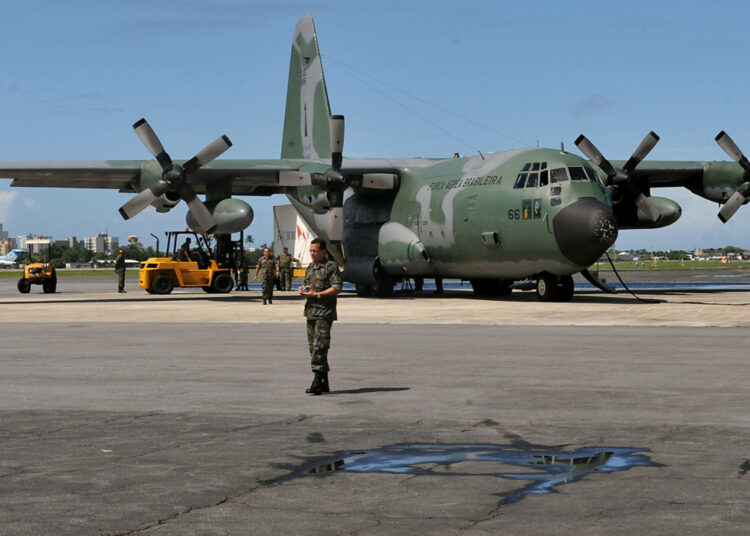Since early December 2016, Chile has been suffering from the worst wildfires it has experienced in more than three decades. Over 1.5 million acres have burned, including 1,644 homes and 11 fatalities have been attributed to the fires, including the entire village of Santa Olga burnt to the ground and a Single Engine Air Tanker (SEAT) pilot who lost his life in the line of duty.
In January Chilean President, Michelle Bachalet sent out an international appeal for help in the form of more aerial resources. Chile has a much different wildland firefighting infrastructure than the United States. Most Chilean firefighters are volunteers and with primary funding through The National Forest Corporation or CONAF.
This is a non-profit organization made up of timber companies and private landowners. The Chilean government makes contributions through this organization. The Ministry of the Interior’s Office of Emergency is responsible for contracting a handful of SEATs and helicopters used in aerial firefighting.
When the appeal for worldwide help went out, the obvious question was, "Who is going to pay for it?" One of the first aircraft to respond to the disaster was Global Supertankers B-747-400 based in Colorado Springs Colorado.
Fresh off a mission in Israel in November, the big Boeing made the five-thousand plus mile trip to Santiago arriving January 25. It was immediately put to work and its 20,000-gallon drop capacity soon made a difference in the firefight. After being credited with saving several communities from certain destruction, the SuperTanker team was given an award by the Chilean Red Cross for its humanitarian act.
Global Supertankers mission was initially funded by Ben and Lucy Ana Walton of Wal-Mart, along with Luksic, a Chilean business consortium. As the battle continued, numerous other aircraft began to show up. Brazil sent a military Lockheed C-130 equipped with a Modular Aerial Fire Fighting System (MAFFS).
In early February, Tanker 03, a Neptune BAe-146 heavy air tanker arrived in country, along with an Erickson Sky Crane. A Russian IL-76 with its 11,500-gallon drop capacity was soon sharing the ramp with the B-747 in Santiago. An Antonov An-124 cargo plane arrived with three Bell 205s and one Kamax 1200 helicopters tucked neatly inside. Two SEATs from Aero Tech based in Clovis, New Mexico even made the long flight south to help out. The host country supplied a twin engined turboprop CASA to serve as aerial supervision and lead plane.
Although aerial firefighters often cross international borders, the flow of aid into Chile is totally unprecedented at this point in history. Today's jet powered air tankers and long range cargo delivery may make it more common in the future. It is still not clear where all of the funding will originate and there have already been charges of collusion among some of the companies involved.
The results are clear that property and lives were saved. It is reported that the majority of the fires are caused by arson and this will continue until Mother Nature brings fall weather to the Southern Hemisphere.
The Boeing 747 Global SuperTanker departing from Colorado Springs Colorado on January, 24th to arrive in Santiago at dawn on the 25th to initiate heavy tanker firefighting there.
Draft Executive Order Signals Major Changes for US Wildland Firefighting Operations
A draft executive order (EO) from the Trump administration is poised to significantly reshape the way wildland firefighting is conducted...






